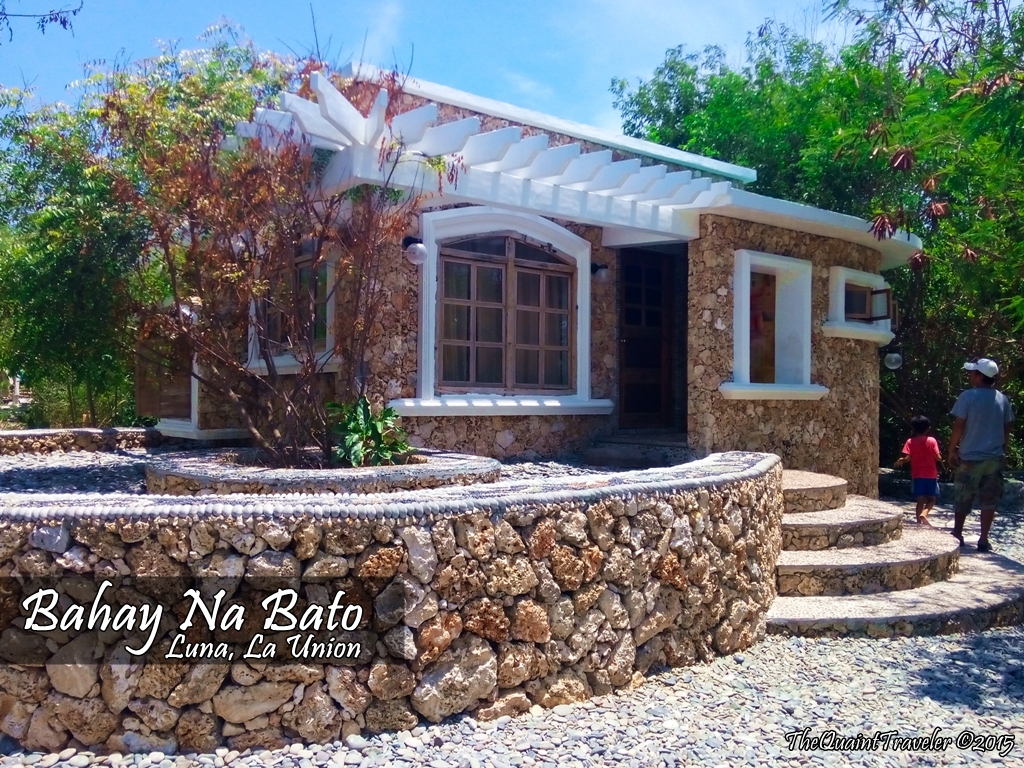
We collaborated with Patricia Liang of Elements and Degournay to create that piece. “We collaborated with them to create a bahay na bato print from their Filipinana collection. We really felt that it was made for that room.īehind the couch is a hand-painted three panel custom wall covering by Degournay from Paris. We found a set from Philux that was able to have a U-shaped sofa that fit in really quite nicely. “The living room is a very weird, square living room so we had to fit in two sitting areas. This support for local craftsmanship continues on in the living area and other parts of the house. So we discussed about using this house as a way to showcase Filipino design,” Acuña says. So we wanted to incorporate as many of those Philippine design talents in this project as much as possible. We felt it had a very vibrant and good energy. “The whole pro- Pinoy idea came in because at that time back in 2012 - when I just started designing the house - there were a lot of players growing in the Philippine design industry. And a more private piano nobile style on the upper floor where the family really lives,” Acuña shares. From a planning perspective, bahay na bato has a more public programming on the ground floor which is what we have here. The bahay na bato is what I ended up going for in terms of a concept for the house. The recollection was like being part of a sepia photograph set in a steep but wide staircase of an old yet. See more ideas about filipino architecture, philippine architecture, philippine houses. “When we were planning the house, we looked into what was in the Philippine vernacular architecturally and I guess you had to pick from one of three things: you have the bahay kubo, the American Commonwealth style and the Spanish colonial bahay na bato. Explore Julius Mendozas board 'Bahay Na Bato' on Pinterest. A towering wall adorned with a massive paper artwork by Wataru Sakuma of Masaeco breaks the linear space, creating a regal sitting area with a pair of Ito Kish’s Gregoria Chairs in black. Felix Hidalgo’s painting of a draped nude reclining in a forest hangs right before you enter what Acuña references to as a courtyard. There’s a floor to ceiling mirror with gold border on one side and a built-in banquet seating on the other. May this list inspire you to learn more about them, their unique architectural details, and the Filipinos who call them home.The house opens into a quiet and minimally decorated foyer. The parts listed here belong to just six of the many traditional houses found all over the Philippines. Here are six unique details in traditional Filipino houses we should know more about. If culture is a way of life, then learning about our intimate spaces is a window to how we shape our lives. Learning about Filipino houses gives you deeper insight into Filipino culture. They are closely tied to the land they stand on and to the air that flows into them. While creating “Bahay,” I discovered what scale models at the mall can’t show - that traditional Filipino houses are rich with details adapted to our country’s volatile terrain and climate. They had ingenious architectural details like walls that converted into windows, wooden discs that warded off rats, or carved serpents that captured the sun’s energy. They stood in harmony with their immediate environment, adapting to the local terrain, climate, and culture.

Most houses were elevated from the ground and had open, multi-purpose areas instead of separate rooms. I).1 The stone- or brick-covered ground level, supported by inner wooden frames, was. The wood and stone house of the Spanish period, known in Tagalog as the bahay na bato, became the epitome of the historical urban house of the Philippines (fig. In my research for the book, I learned that traditional Filipino houses didn’t always have bedrooms or living rooms. tion of the Rizal house, and later to the inclusion of the Vigan houses in the World Heritage List. In November 2022, I released my second cut-and-build book called “BAHAY: A Tour of Traditional Filipino Homes.” The book allows you to build models of traditional Filipino houses like the bahay kubo or bahay na bato.

But I assumed that more or less, they had the same parts as the scale models I loved as a child.


For me, they were anchors to the past that told us how we Filipinos lived. I was intrigued that so little of the Walled City of Intramuros survived to this day, so I made paper models to recreate the sites that were lost in World War II. This led me to create my first cut-and-build book about Intramuros. I enjoyed learning about different places and how they came to be. When I was younger, I thought a typical “Filipino house” was whatever was depicted at the scale models at the mall: two-story homes with a living room, a dining room, a bathroom, and multiple bedrooms.Īs an adult, I became interested in history and heritage.


 0 kommentar(er)
0 kommentar(er)
